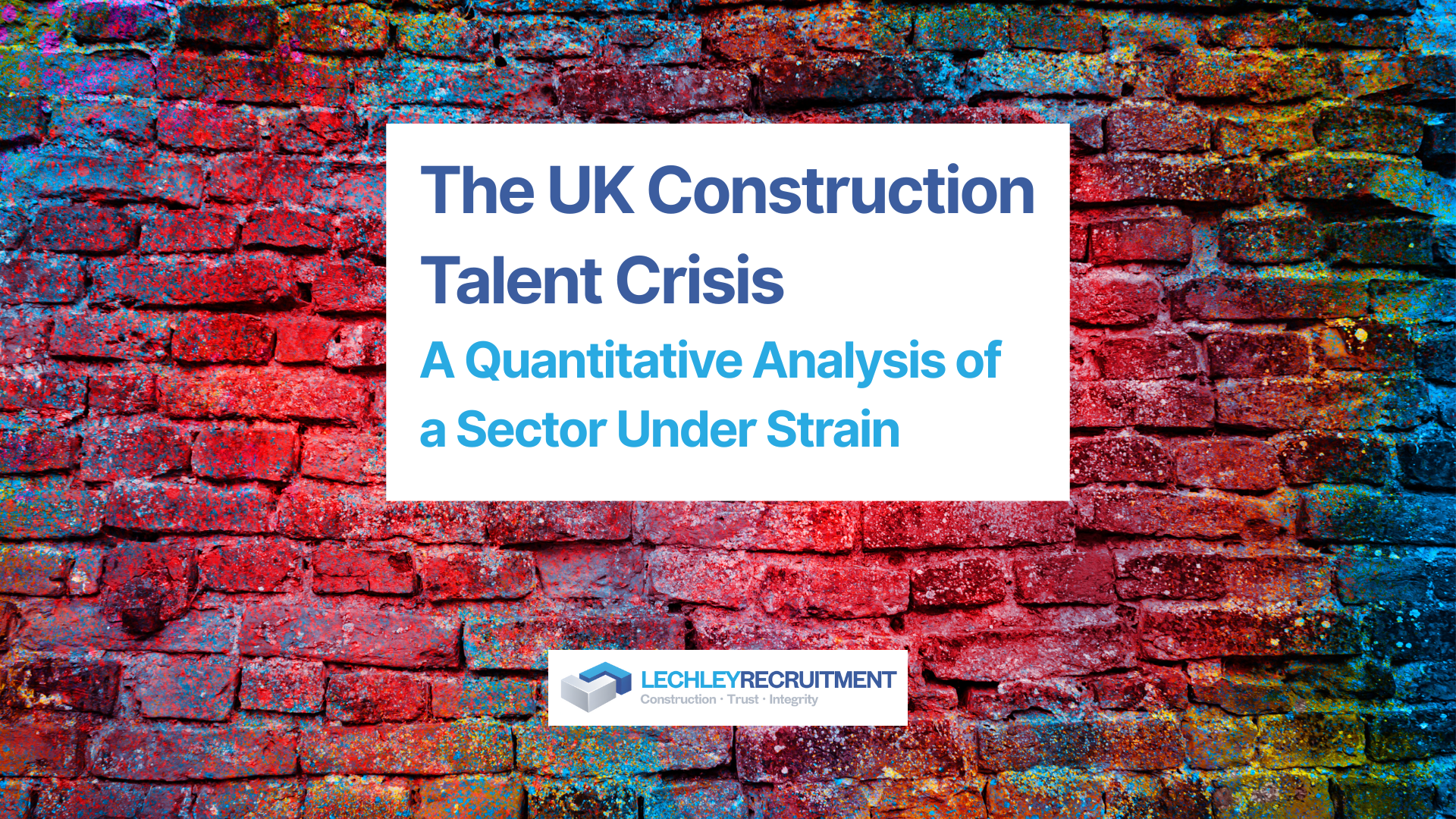The Pros and Cons of Using an Executive Search Consultant vs. Inhouse Recruitment
Introduction
Finding the right executive for a business can be tricky. While there are pros and cons to both using an external executive search consultant and conducting an in-house recruitment process, it is essential to weigh all considerations carefully before deciding which approach is best suited for your organisation. In this post, we will explore the pros and cons of each system and provide recommendations on which approach might be better suited for different circumstances.
Pros of using an executive search consultant
Using an executive search consultant provides organisations access to a larger talent pool by utilising industry knowledge, wider networks, specialised skills and unavailable not available through in-house recruiters. Organisational search consultants can also conduct extensive background checks on candidates before making a final selection, significantly reducing business risk. Furthermore, since most external executive consultancies operate on a success-based fee structure, organisations only pay when they secure their ideal candidate – providing more excellent value than traditional recruitment processes.
Cons of using an executive search consultant
One of the major drawbacks of relying on an external executive search consultant is that they typically charge higher fees than traditional recruiters. As such, organisations spend more than necessary considering other factors, such as quality versus quantity considerations, when selecting candidates or setting timelines for completion. Additionally, businesses may lose direct control over the recruitment process with this approach – meaning that they may miss out on potential opportunities if their criteria aren't met precisely by the chosen candidate.
Pros of in-house recruitment
When it comes to recruiting executives internally, there are several advantages. Firstly, it can save organisations money by avoiding additional fees associated with employing an external consultant – instead allowing them to use existing resources without putting additional costs into finding suitable candidates externally. Secondly, companies can maintain direct oversight over their recruitment process and keep tabs on potential opportunities without relying on intermediaries or third parties involved in any hiring process. Finally, businesses will likely have access to potentially better-qualified candidates due to their limited scope of operations and a better understanding of their culture and desired business goals.
Cons of in-house recruitment
The main issue with in-house recruitment processes is that companies may lack the network or specialised skills needed for sourcing top talent from outside sources – meaning they could miss out on viable opportunities or find themselves unable to compete against external competitors who have access to broader talent pools or more sophisticated tools for identifying suitable candidates faster and easier than ever before. Additionally, businesses may find it difficult (and expensive) to attempt to match salaries offered by larger firms leading them down a path where they end up losing key personnel due to offers elsewhere which cannot be approximated internally because of budget constraints or other limitations placed upon them due strict internal regulations and so forth.
Comparison between the two approaches
When considering both approaches, there are numerous points worthy of consideration, primarily time frame for completion versus quality vs quantity considerations when making a final selection decision, amongst other things such as budget restrictions etc. Using an external search consultancy is often recommended when time frames need to be adhered too strictly whilst offering greater flexibility when it comes down selecting from multiple vetted options quickly – however at a much higher expenditure rate compared with traditional methods. On the other hand, an internal approach typically offers less leeway when it comes down to total turn-around times but generally provides far more control over proceedings whilst keeping budgets under tight scrutiny simultaneously - as opposed to relying solely upon third parties fully managing everything from start-to-finish within strict, predetermined parameters pertaining directly towards cost-effectiveness overall.
Recommendations on which approach is best suited for different circumstances
Ultimately choosing between using an external or internal recruiter comes down to what each company values most; whether its quality versus quantity considerations (costs included) are prioritised over swift completion times or vice versa respectively, based upon available resources either being deployed internally or entirely outsourced via third party channels depending mainly upon current budgetary requirements set forth initially - taking all factors into account including future long term growth prospects before making any final decisions overall. Once all these considerations have been taken into account, then companies should feel confident about weighing up both options when deciding which route would best benefit them moving forward, whether it's via utilising internal resources coupled alongside existing contacts already established within certain circles thus far -or opting alternatively towards employing specialist experts who can deliver highly qualified results within shorter spaces of time albeit at higher prices — whichever option chosen should ultimately lead towards long term success provided every aspect has been duly accounted during each phase throughout entire selection procedure considered.
In conclusion, investing time and effort into researching either option beforehand is always recommended especially considering all associated costs. Whether it's done internally or externally, ensuring the right fit between the organisation's goals, prospective appointees' capabilities, and aspirations should always remain a top priority regardless of whatever method is adopted further down the line. By doing accurate assessments upfront; staying focused on company-specific objectives at all times, organisations can rest assured that they have taken every necessary step towards finding the most suitable candidate befitting their exact needs and budget requirements in both short-term and healthy long-term goals. Ultimately, when it comes to recruiting executives — the decision is yours. Whether you opt for an external recruiter or rely on internal resources -the right choice should ultimately lead to positive results for your organisation.ost
New Title





